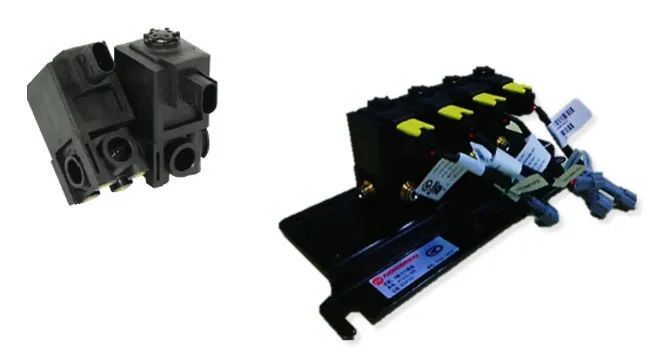What is the working principle of the 191.019.01 Saichi SEITZ pilot valve?
191.019.01 Saichi SEITZ pilot valveWhat is the working principle?

What is the 191.019.01 Saichi SEITZ pilot valve? What is the role of the pilot valve in a hydraulic system? Friends who are not professionals may not understand, but the pilot valve is a type of valve that plays a control role. The pilot valve is a tool control valve and also requires electrical control. Now let the manufacturer introduce the functions of the pilot valve and other related knowledge! The pilot valve is an auxiliary valve that controls the control mechanism in another valve or component.
Common characteristics of the 191.019.01 SAICZ SEITZ pilot valve: It consists of a pilot-controlled liquid bridge with fixed liquid resistance and is controlled according to the input signal or lever change of the main valve or auxiliary valve; the flow rate of the head pilot valve is usually only about 1 liter/minute, greater than 3 liters/minute. The flow rate of the two pilot valves should be determined according to actual needs. The input signal is relatively small; various input modes are acceptable, such as manual, electric, hydraulic, pneumatic, mechanical cam, electric proportional, etc.; in the case of variable displacement pump control, multiple pilot valves form a modular structure, making it easy to select various functions; the pilot valve itself is usually a small-sized control valve, mainly a pressure control valve. When powered, the electromagnetic force opens the pilot hole, causing the chamber pressure to drop rapidly, forming a pressure difference around the upper and lower parts, and the fluid pressure pushes the closing part upward, opening the valve; in the case of power failure, the pilot hole will close through spring force, and the inlet pressure will rapidly form a low to high pressure difference around the valve through the bypass hole chamber. The fluid pressure will push the closing part downward to close the valve.
Hydraulic191.019.01 Saichi SEITZ pilot valveThe system is used to increase force by changing pressure. A complete hydraulic system consists of five parts: power components, actuators, control components, auxiliary components (attachments), and hydraulic oil. Hydraulic systems can be divided into two categories: hydraulic transmission systems and hydraulic control systems. The main function of the hydraulic transmission system is to transmit power and motion. The hydraulic control system is designed to ensure that the output of the hydraulic system meets specific performance requirements (especially dynamic performance). Generally speaking, the hydraulic system mainly refers to the hydraulic transmission system. During operation, the liquid pressure acts simultaneously on the pressure measurement surfaces of the main valve core and the pilot valve core. 191.019.01 Saichi SEITZ pilot valve: When the pilot valve is not opened, there is no oil flow in the valve chamber, and the pressures in both directions of the main valve component are equal. However, since the effective pressure area on the upper surface is greater than that on the lower end, the main valve component is in a lower position under the action of the resultant force, and the valve port is closed. When the inlet pressure rises to open the pilot valve, the liquid flows through the damping hole on the main valve core, and the pilot valve returns to the oil tank. Due to the damping effect of the damping hole, the liquid pressures in the upward and downward directions of the main valve core are not equal. The main valve core moves upward under the action of the pressure difference, opening the valve port to achieve overflow and maintain the pressure basically stable. The overflow pressure can be adjusted by adjusting the pressure regulating spring of the pilot valve.
Related News
What impact does the F011068 Norgren valve group pilot valve have?
2022-12-23 11:19
What is the function of the 191.019.01 Saichi SEITZ pilot valve?
2022-09-20 13:37

